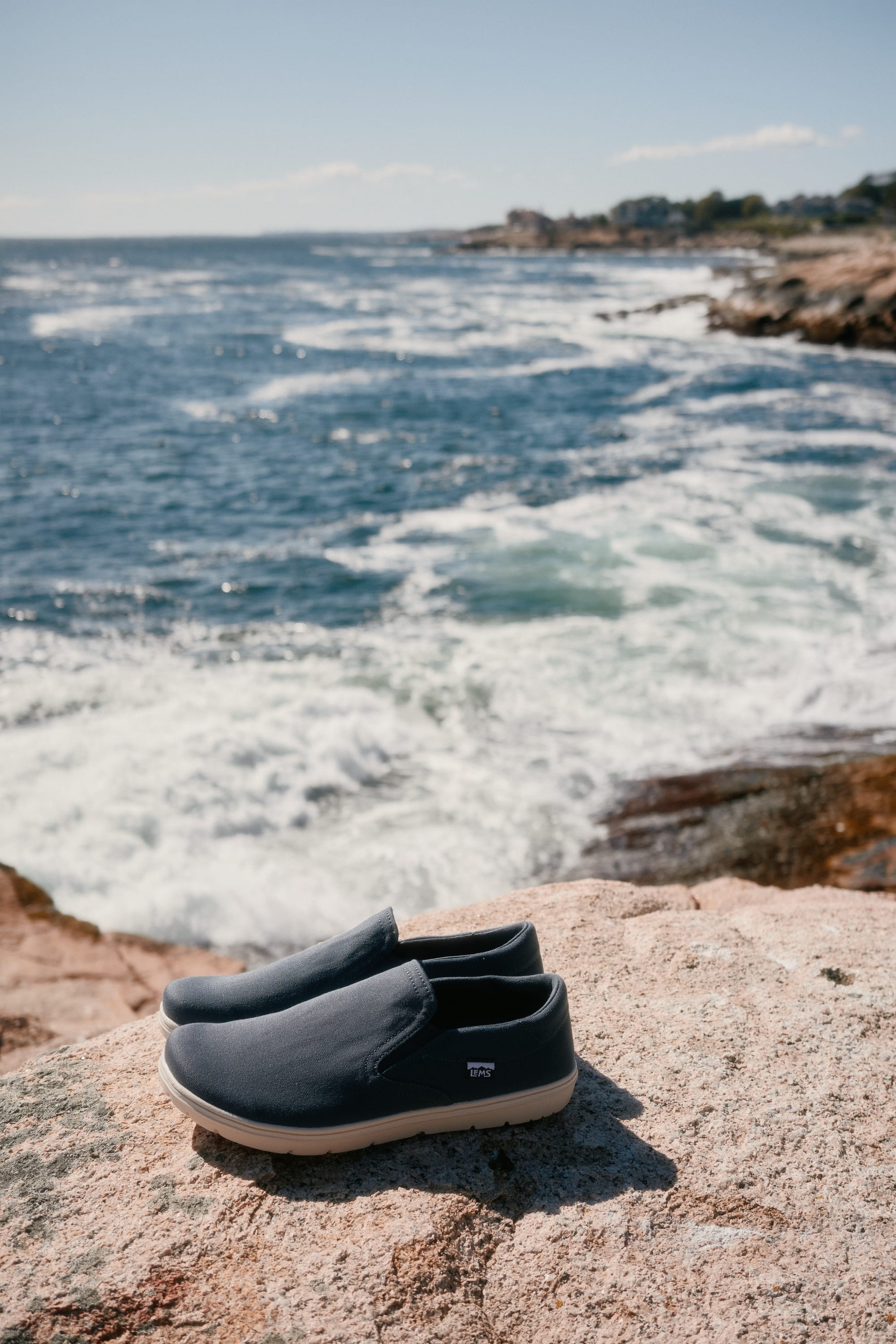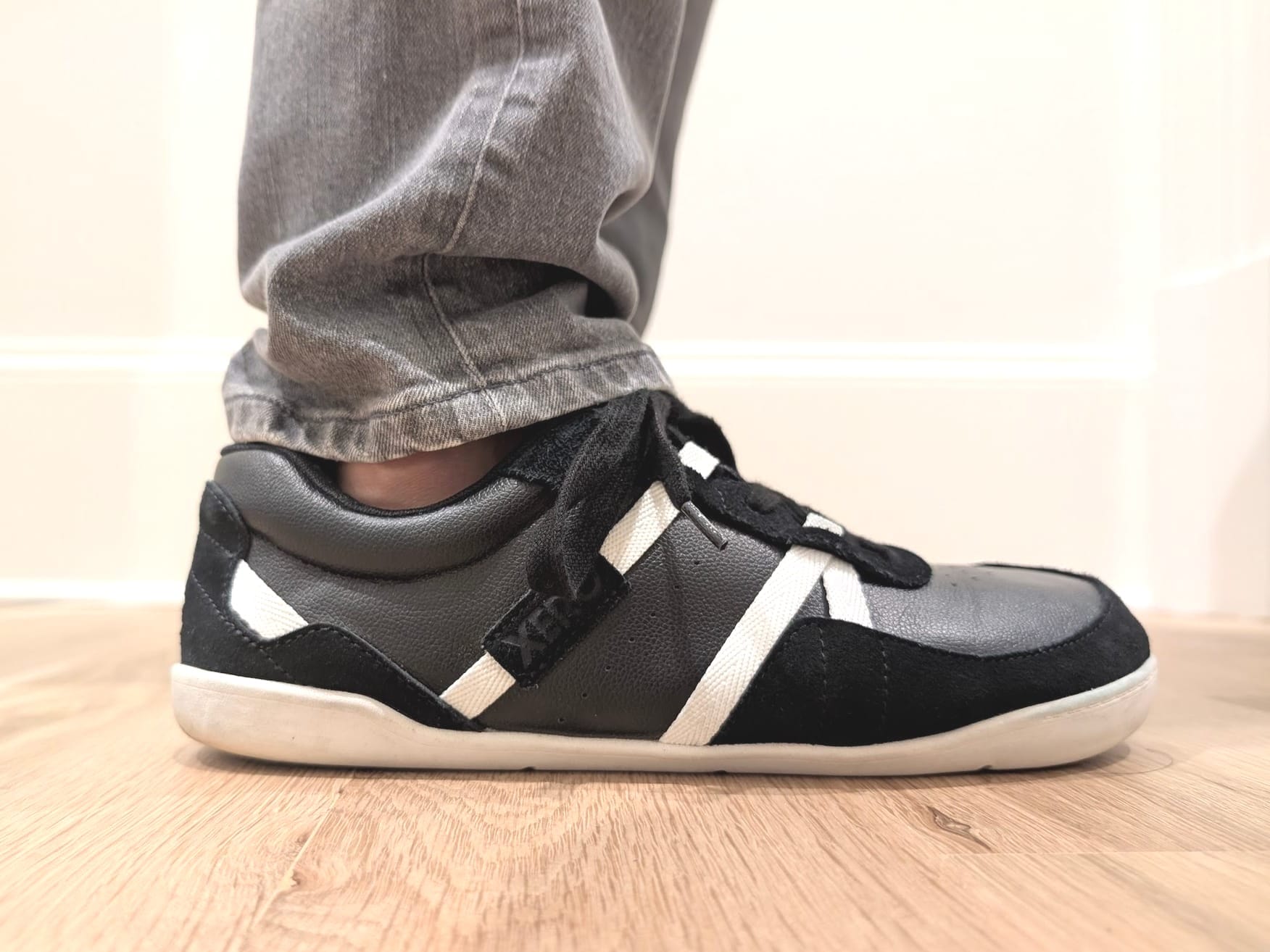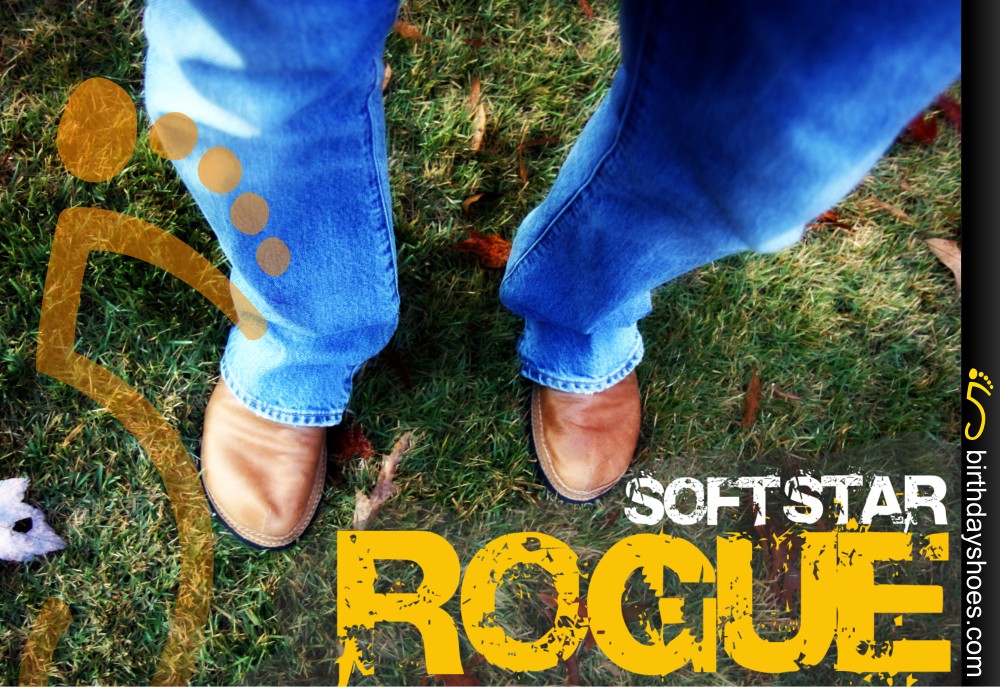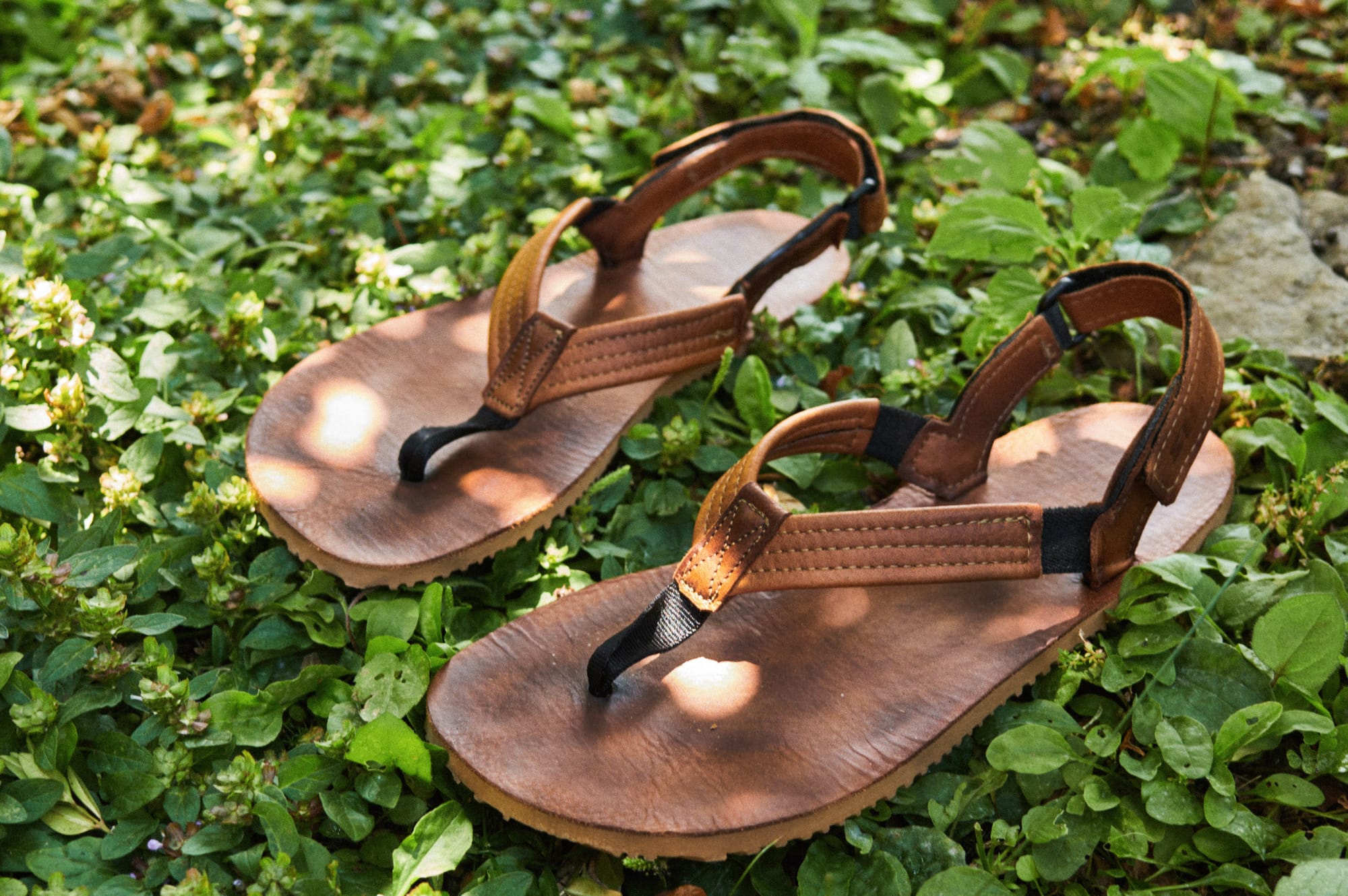Skechers Go Bionic Review
In my review of the Skechers GO Run Ride (include link) I likened the overall feel as being a marriage between the Saucony Kinvara and the Nike Free. This time around there is no marriage of shoes, the Skechers GO Bionic is a breed apart though if I had…
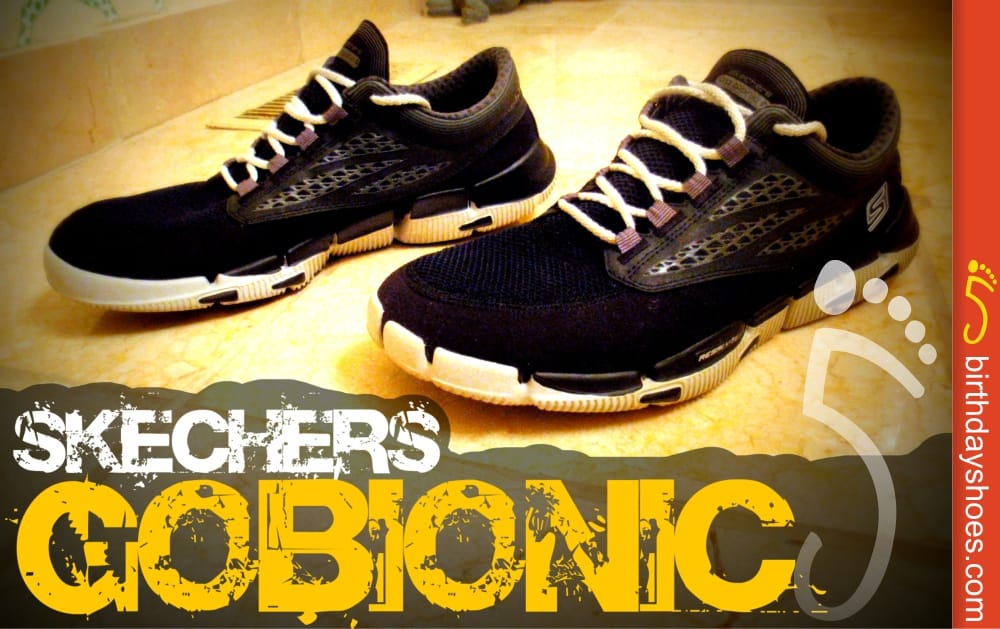
In my review of the Skechers GO Run Ride (here), I likened the overall feel as being a marriage between the Saucony Kinvara and the Nike Free. This time around there is no marriage of shoes, the Skechers GO Bionic is a breed apart.
If I had to compare it to a shoe I've worn I'd have to say it's most like a Nike Free 3.0 but much different (The Go Bionic is better). Why? For starters the GO Bionic has 0mm heel-to-forefoot drop while the Free 3.0 has about 4mm drop. In addition, the GO Bionic weighs significantly less than the Free 3.0 — 6.0oz compared to 7.2oz. Lastly, the GO Bionic is much roomier in the toe box than any Nike Free I've ever worn — definitely enough room for ample toe spread.
I'm getting ahead of myself. What are these new shoes from Skechers, anyway? Read on!
Overview
Like the Skechers GO Run Ride, the GO Bionic doesn't have the pronounced rockered sole and distinct midfoot area "bump" of the original GO Run. The sole is undercut in the heel which you can see in the photos above; however, what's not clear is that when you actually stand in this shoe it feels totally flat (unlike standing in the rockered sole of the GO Run).
As you can see in the "vital statistics" of the Go Bionic (listed below), the rounded bottom geometry is still present — the midfoot stack height on the Bionic is 2.0 mm more than the stack height in the forefoot and heel. I think the rounded geometry, while not physically noticeable is indeed doing something based on the fact that, at least for me, the shoes tend to run quieter than most other shoes I've run in. I assume this is due to the geometry and flexibility of the shoe which would tend to aid in the transition from heel/midfoot to toe off. I can imagine that having a slightly rockered underfoot geometry should function this way (just speculating).
Some vital statistics of the Skechers GO Bionic:
- Weight: 6.0oz (M9), 4.5oz (W6)
- Stack Heights:
- Forefoot = 11.5mm
- Midfoot = 13.5mm
- Heel = 11.5mm
- Net Drop = 0.0mm
- Outsole = 3.0mm (thickness of the midsole embedded high friction pods)
I found the GO Bionic to be very comfortable. They feel like how I wish all my Nike Frees would have felt like. I really like the extreme flexibility of the shoe (See photos below); made for a very smooth ride; the large flex groves make the shoe flexible not just forward to back but side to side and torsionally.
The only detractors for me were similar to those I listed for the GO Run Ride: the upper's heel cup volume isn't quite enough to comfortably wear arch support insoles without feeling your heel slip. Also, I was a bit concerned about durability of the exposed midsole-outsole compound. I did find that my Superfeet Black insoles (super thin) worked reasonably well.
Additionally, the GO Bionic has the same issue as all Nike Frees (and other shoes with grid-like soles) in that the deep flex grooves in the midsole make wonderful gravel and road debris collectors! The other potential issue is that there is only a very thin, 0.1mm TPU film layer between the midsole and insole mesh so there is the potential for a foreign object to poke right through the midsole and into the bottom of your foot! Obviously wearing an orthotic in the shoe will mitigate this risk but this is something that could be improved in this shoe in the future.
The Upper
Similar to the GO Run Ride, the uppers on the GO Bionic are very minimal, lightweight and fairly breathable. The lacing system is a bit different than either GO Run models and comes with round cross section laces. I had some issues with these round laces at first causing some pressure points on the top of my feet; mainly I think because of my high instep and the relatively thin, non-padded, shoe tongue. But with some creative re-lacing style I was able to mitigate these pressure points for the most part.
Like the GO Run Ride, what stands out in the GO Bionic is the very roomy forefoot that has tons of space for proper toe splay.
The only real complaint I have with regards to the upper is that the net volume isn't quite deep enough for an orthotic. While my test pair did okay with my Superfeet Black Insoles (very thin) I still felt like I wanted the heel cup to be a bit higher. It was hard to tell because the heel cup is so very thin and non-supportive but at times it felt like my heel might be slipping; especially on steep downhills and off camber terrain. Also the implementation of a more asymmetrical lacing system might help lock down the foot to prevent heel slip and other lateral movement I experienced.
Look at these Flexible Soles
Take a look at how the Go Bionic can be flexed and twisted thanks to it's relatively thin, grooved sole pattern:
The Midsole
The midsole of the GO Bionic, like the rest of the GO Run line, uses “Resalyte” which is a very lightweight, injection-molded compound with memory retention. In my experience the midsole felt fairly firm much like some of the shoes I've reviewed recently (Altra Instinct, Altra Provision, Altra Lone Peak). The GO Bionic still does have a slightly curved bottom that is supposed to promote more of a mid-foot strike zone and more fluid stride according to Skechers. The curve is hardly noticeable on use; from the heel which is 11.5 mm thick the curve peaks at 13.5 mm thickness at the midfoot and then tapers off to 11.5 mm thick at the forefoot. The end result is that this shoe has 0mm of drop from heel to forefoot.
What really sets the GO Bionic apart from the GO Run and GO Run Ride is the extreme flexibility of the midsole. Similar to the Nike Free line, the GO Bionic has many deep flex grooves in the midsole allowing for many degrees of freedom in flexibility: front to back (can easily bend the shoe to touch the front to the back), side to side and torsionally (like wringing out a wet towel). Unlike the Nike Free, the GO Bionic's extreme flexibility stems from not only its deep flex grooves that go all the way to the bottom of the footbed but from the patent pending hinges that are between the blocks of Resalyte. The hinges and deep flex groves give the shoe a range of flexibility unlike any shoe I've seen — you can flex and twist this shoe in just about any direction quite easily.
Interesting also is that you can actually see the bottom of the very thin footbed through the midsole! This is one aspect of the midsole that I think perhaps needs to be addressed. The footbed really only consists of a thin micro-fiber material layer just above the midsole (no TPU)! I don't think this would be near enough to protect the bottom of your foot if you happen to step on a sharp rock that happens to lodge in the flex groove of the midsole. Ouch! In fact after my wear testing I noticed several holes in the material; I could literally see day light through the bottom of my shoe! However, the GO Bionic does ship with a removable foam insert that would help mitigate this issue somewhat, plus I typically wear an orthotic arch support anyhow so I have a bit more puncture protection. Although I think a better solution would be to perhaps have a bit more Resalyte material or perhaps a layer of TPU between the end of the flex grooves and bottom of the foot bed just to be safe.
The Sole
The GO Bionic, like the GO Run Ride (and GO Run) uses more of a hybrid or combined midsole-outsole in that most of the surface area that makes contact with the ground is the Resalyte compound in the shape of thick blocks with the exception of some high-friction rubber in the main areas of mid-forefoot shoe wear. I know the vital statistics report a 3.0mm outsole but I think that's the thickness of the high friction pods that are imbedded in the Resalyte compound midsole; there is not additional thickness beyond the midsole. The main issue I had with this design is that I think more high-friction rubber should be used along the bottom—especially in the heel area.
For normal running the high-friction rubber covered areas of the sole might be enough. However, once you start throwing in some walking and breaks in form where heel striking becomes more prevalent, I'd worry about the long term durability of the Resalyte-only areas of the sole (especially the heels). After wear testing I'm happy to report that the rate of wear wasn't nearly as much as I thought it would be. The Resaylte compound seems to be holding up fairly well and seems to peel away much like a used rubber eraser does over time.
Function
As of this review I have tested the GO Bionic by running almost 130 miles on mostly hard surfaces including asphalt, concrete and cobble stone and some gravel roads and paths. My longest single run was almost 43 miles on mixed hard surface terrain. I also ran numerous double digit mile distances in the shoe. On the roads this shoe functioned very well. I thought it had plenty of traction even on wet pavement and concrete. The gravel and trail running testing I did left me feeling that the GO Bionic was quite adequate even though it isn't designed for off-road usage.
Like the Nike Frees, the GO Bionic does have the same rock collecting issue that can (at times) be aggravating. After almost every run I’d have to twist and bend the shoe to dump out all the snagged stones I’d acquired!
The overall cushioning felt similar the various Nike Frees I’ve run in over the years—that is fairly firm and not at all cushy. Obviously the GO Bionic is quite a bit thinner than even the latest Nike Free 3.0 V4 and the other Skecher GO Run products, and the overall ground feel is quite good for a 11.5mm thick shoe. Believe me, I could easily feel every rock and cobblestone I ran over but not in a bad way (no pain but still noticeable).
One concern I have is that since the construction of the bottom of the shoe is pretty much all Resalyte with patches of high resolution compound that the outsole will quickly wear down. While I’m not too sure what the life expectancy of this shoe will be I was impressed that after my wear testing it appears that the durability is fairly good; much less worn out than I’d expect for the tough miles I put on it.
The uppers I found fairly breathable even in the heat and humidity of the Deep South. During that single long run I did in >100°F heat index weather, my feet did get a bit toasty. Then again the GO Bionic I was testing had all black uppers, so perhaps a bit better venting (or a different colorway) would improve this issue.
My only real complaint is that I strongly believe there needs to be a bit more volume or depth in the uppers to adequately accommodate my arch support insoles and my high instep (high arches).
Conclusion
I really like this shoe and think it has some amazing potential. It’s a pretty darned good shoe as is but with a few tweaks I’m sure it will only get better.
My main recommendations are:
- More volume in the upper to accommodate arch support insoles (or folks with high arches/instep like me).
- A more asymmetric lacing system would probably aid in locking down the feet in the shoe and preventing lateral rolling and slippage.
- More protection between the footbed and midsole, possibly accomplished with a thin layer of Resalyte or TPU compound.
- Cover more of the outsole with the high-friction rubber instead of selected areas to help reduce wear. I think the trade off in increased weight would be well worth it if it helps prolong the life of the shoe.
- Upper could stand to be a bit more breathable, perhaps include sections of more open weave mesh.
- More substantial tongue would be good; bit thicker or more padded to help with shoe lace “bite”
- Flat laces. Never been a fan of round laces as I feel they tend to aggravate the top of my feet more than flat laces. I also think flat laces tend to stay knotted better.
Overall I’m very excited by this shoe and think this will hit the mark for a lot of minimalist runners who desire a shoe with a bit more under foot protection without sacrificing a lot of ground feel or freedom of movement. So if you’re a fan of the Nike Free line and lament the lack of toe room and high heel-to-toe drop, this shoe is for you.
Alternatively, if you’re a runner who is interested in a crazy flexible shoe with ample cushioning and zero drop that also has adequate toe room look no further.
The GoBionics are available now for $90 off the Skechers website.

